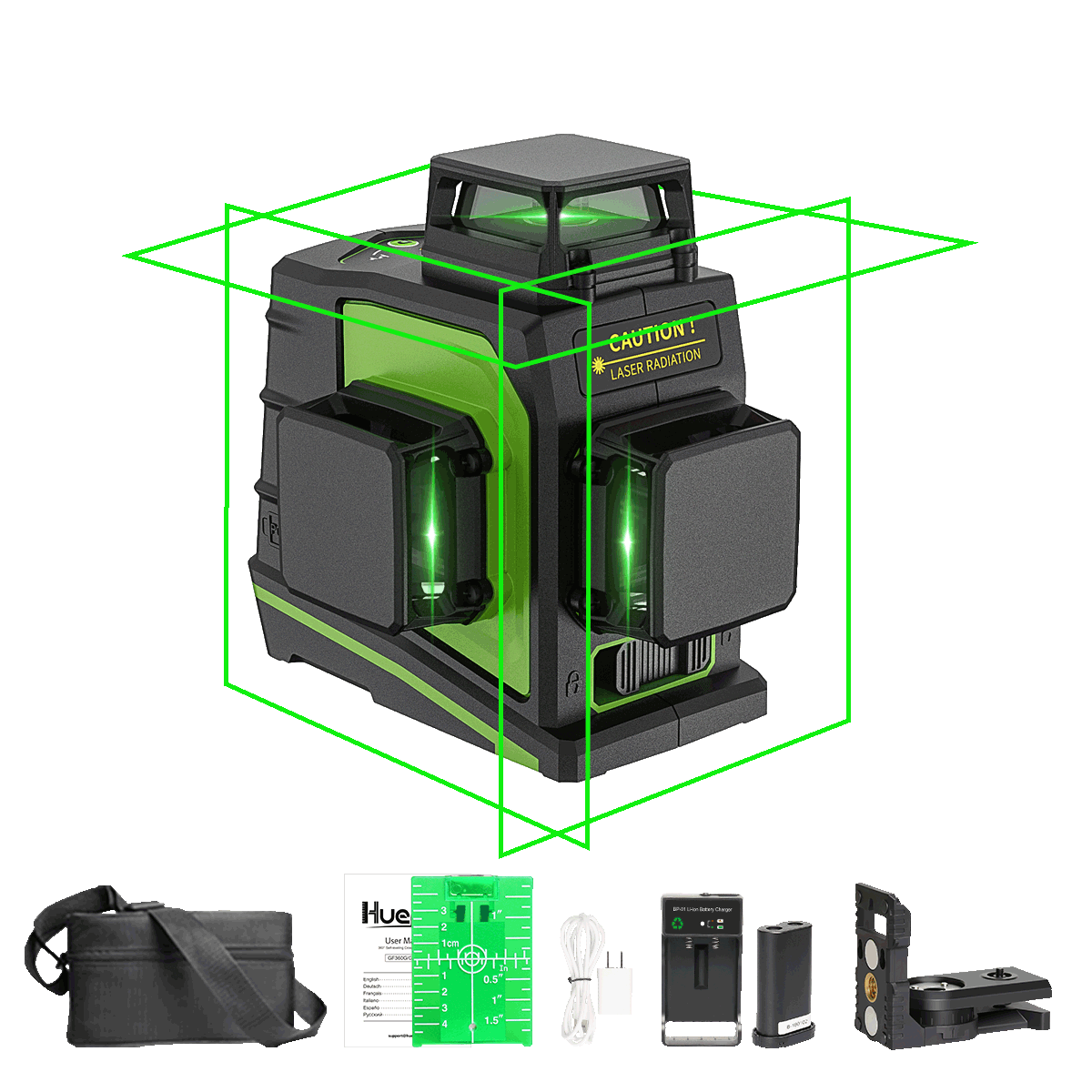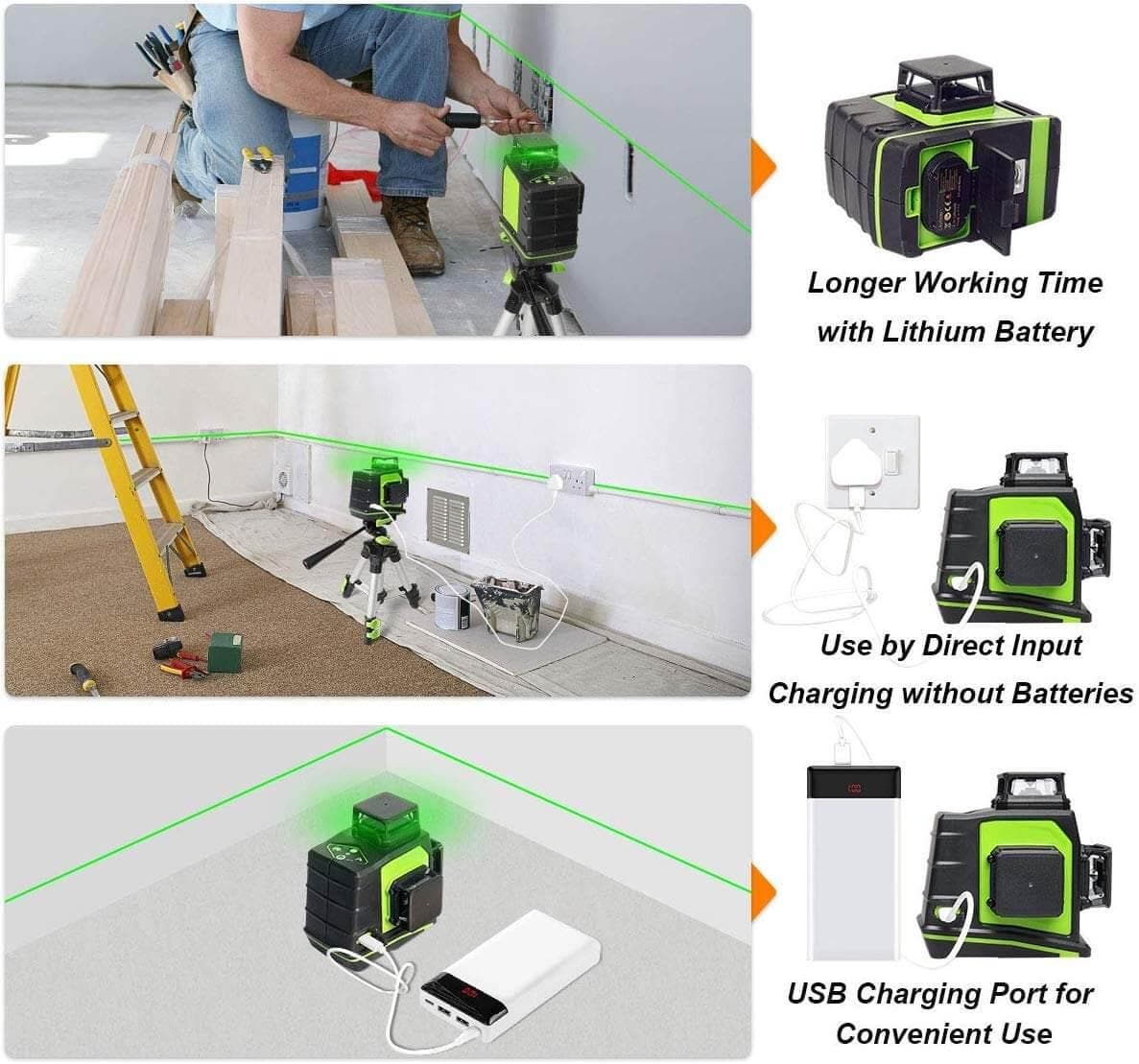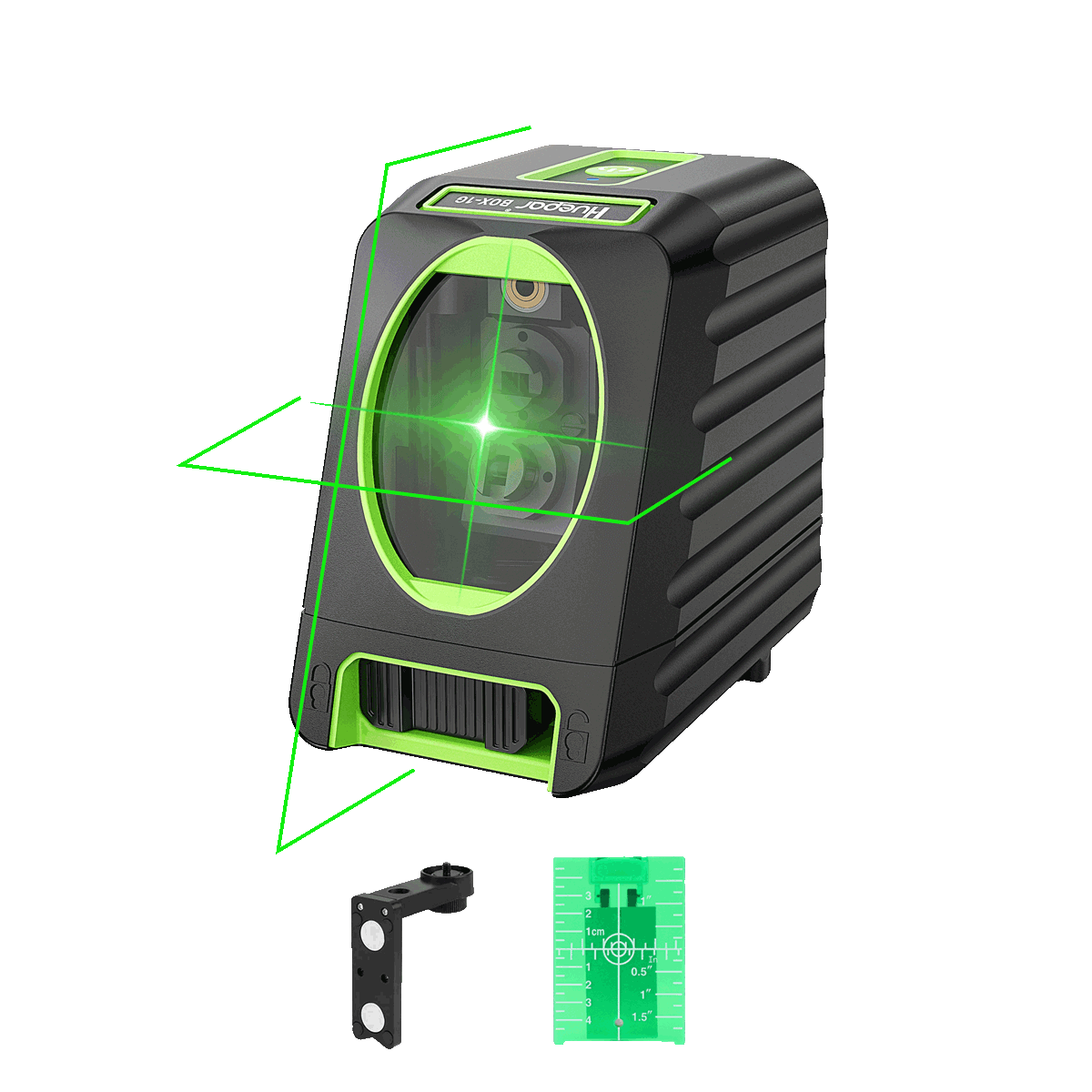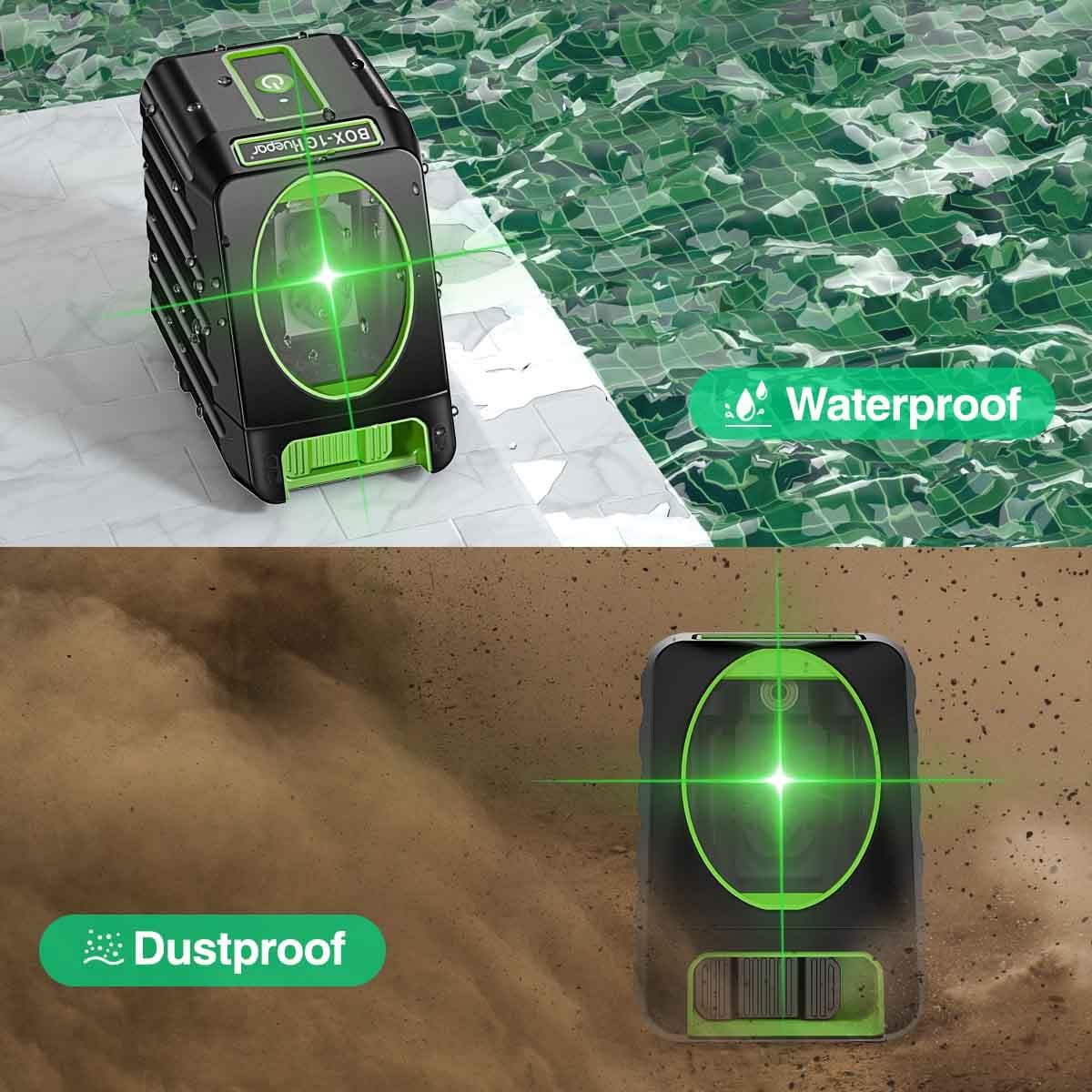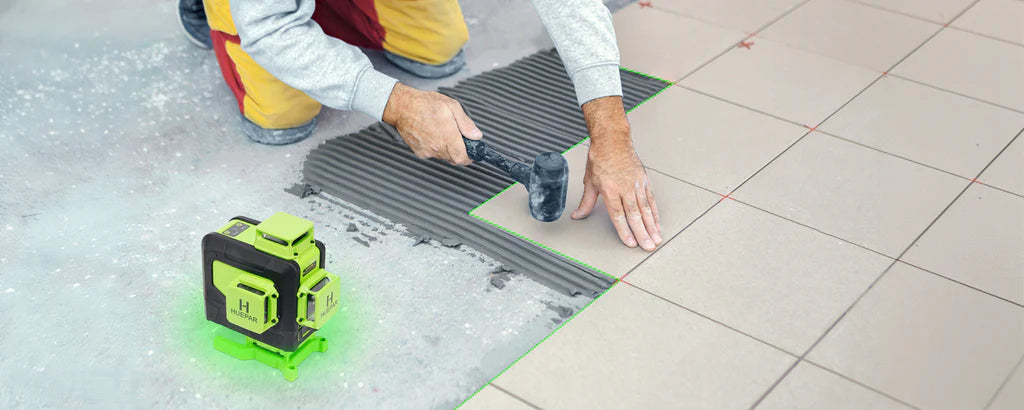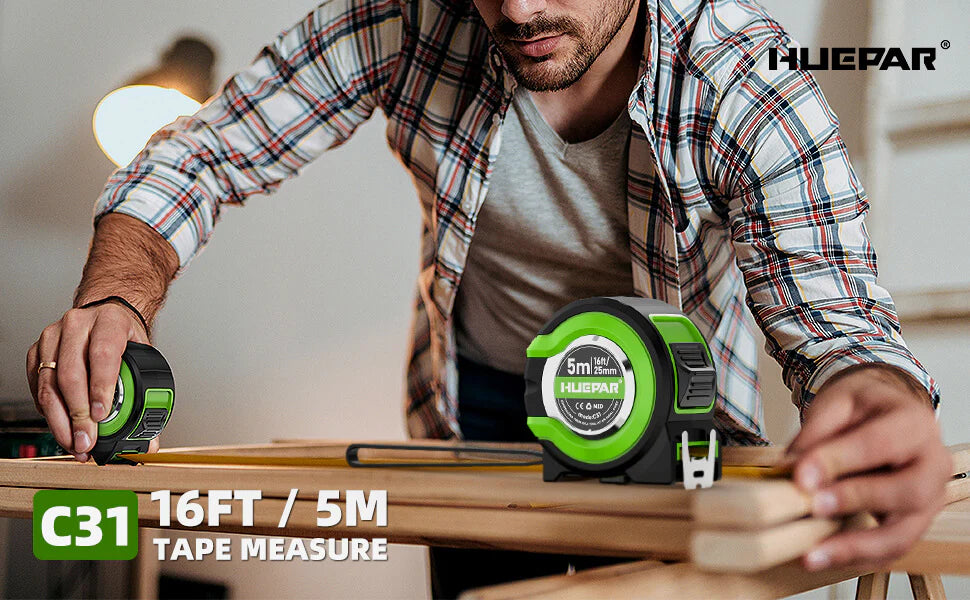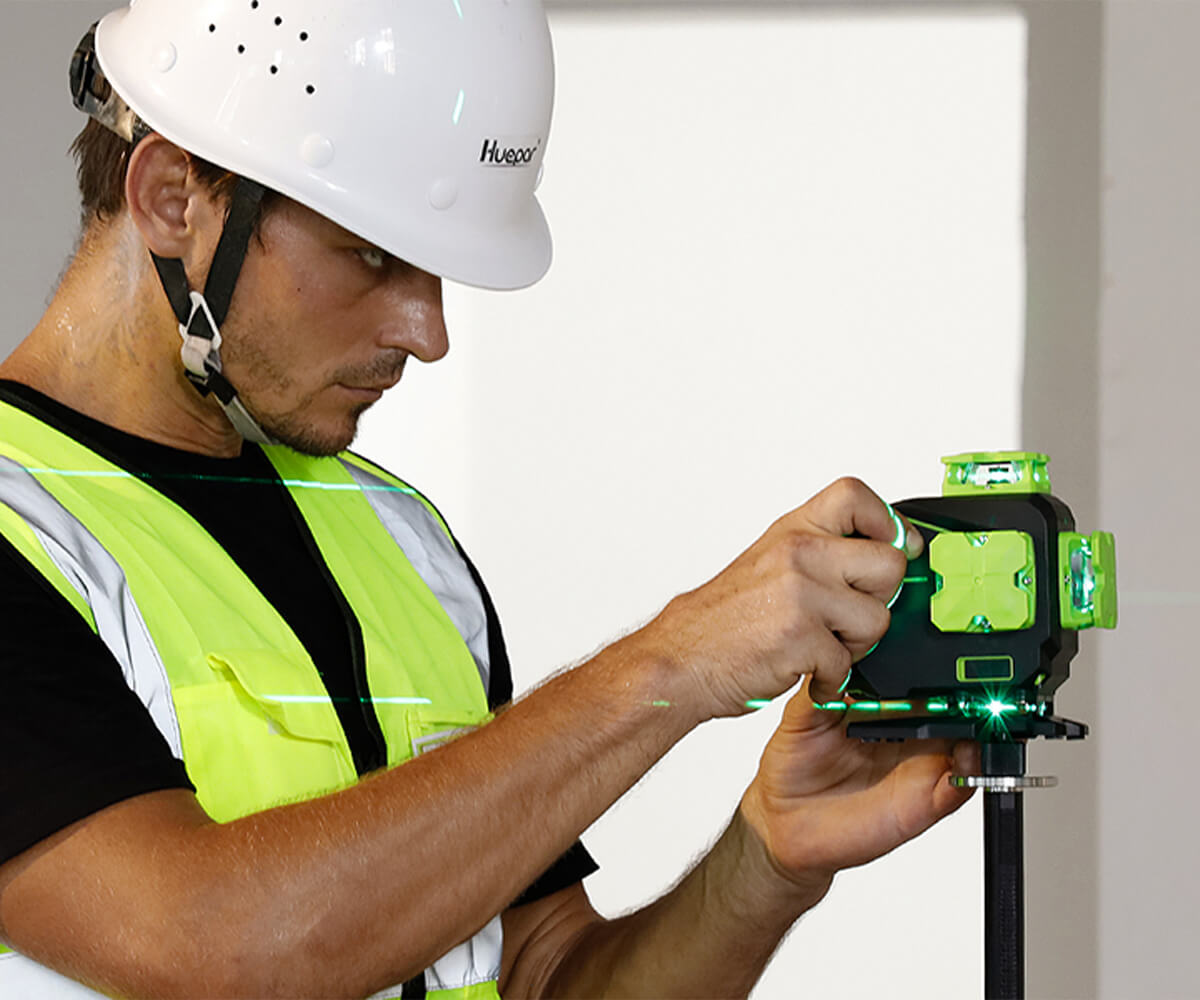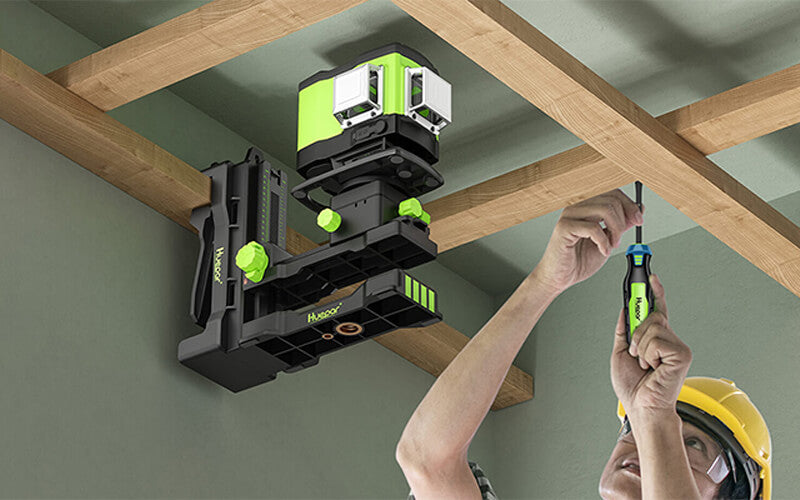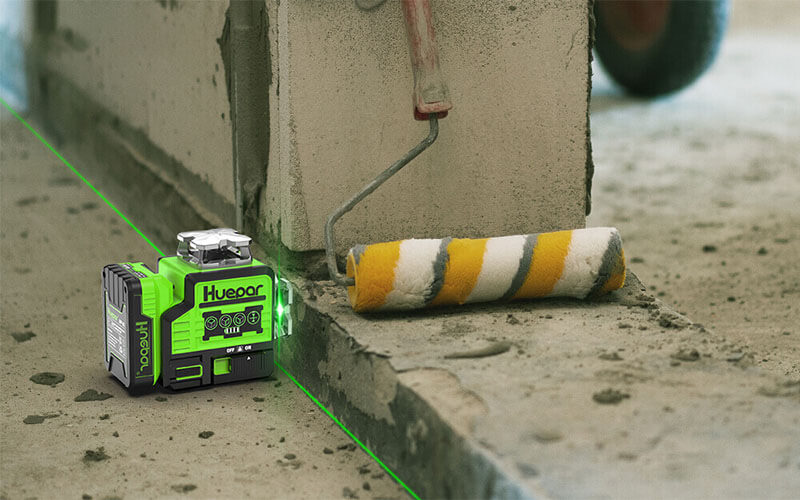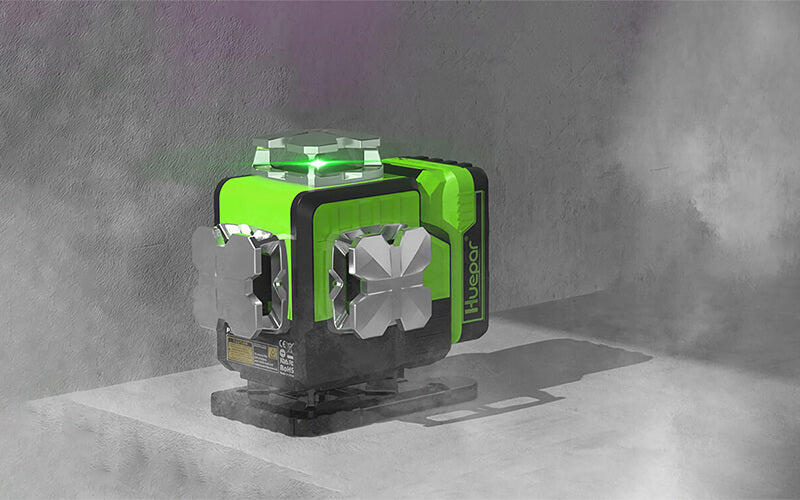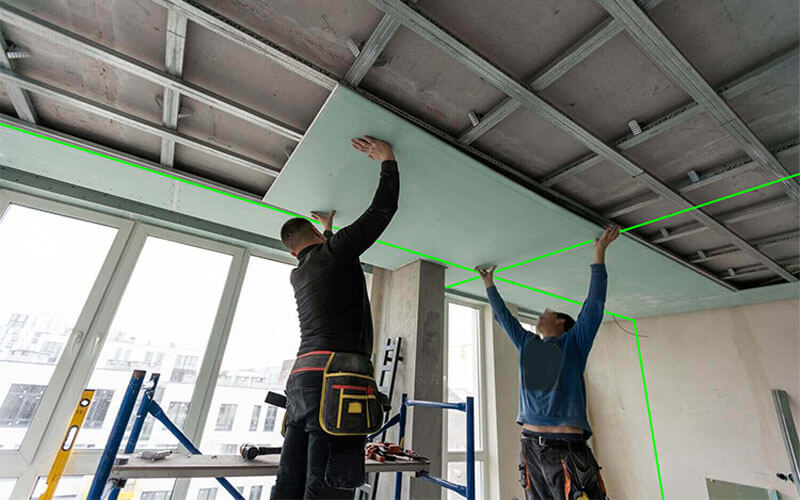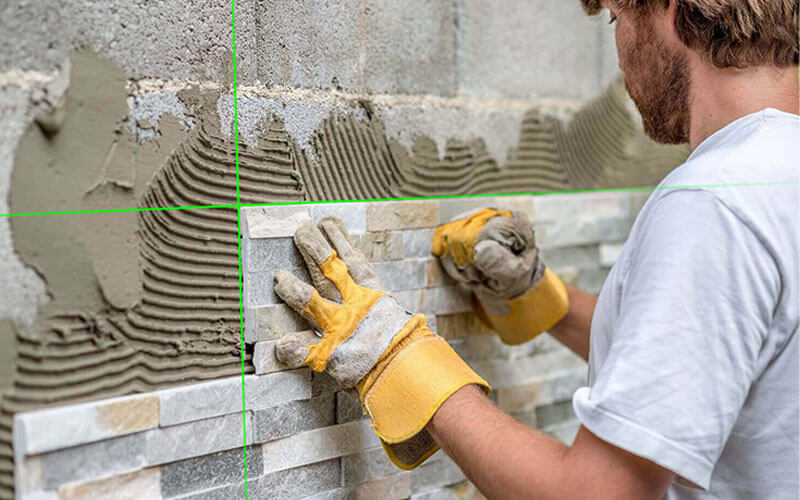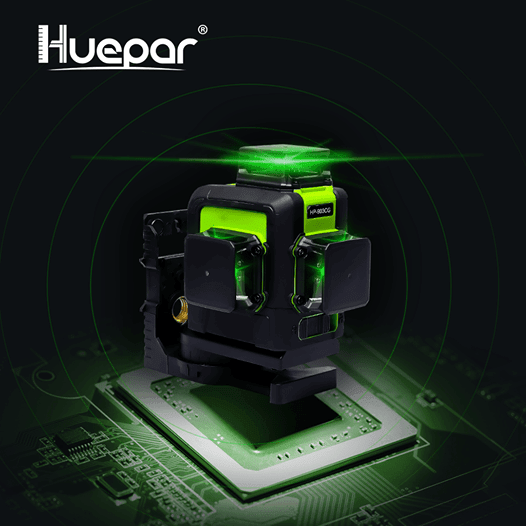
Unlocking the Potential of 3D Laser Levels: The Ultimate Guide for Precision Alignments
What are 3D Laser Levels?
Understanding the Technology Behind 3D Laser Levels
3d laser levels use advanced optics and electronics to project lines along three planes. This creates a three-dimensional crosshair on a surface. The device emits horizontal and vertical lines to form a 3D layout. This allows users to work on walls, floors, and ceilings at the same time. The levels use diode lasers which are efficient and have long lifespans. Most 3D lasers also feature self-leveling technology. This means they can adjust themselves to be accurate within certain degrees. They often come with different modes for indoor and outdoor use. They give clear, bright lines that are easy to see even in daylight. Some models can be controlled by remote or a smartphone app. They are great tools for jobs that need precise measurements and alignments.

The Evolution of Laser Levels: From Basic to 3D
The history of laser levels is rich with innovation. It starts with simple bubble levels. They were the go-to tool for builders and DIY enthusiasts. Technology improved, and the first laser levels hit the market. These early models could shoot a straight line across a surface. They changed how we work on building sites and homes. Then came 3d laser levels with more features. They can project lines along three planes at once. This allows for accurate layout of walls, tiles, and fixtures. These tools mean tasks that once took hours now take minutes. They are game-changers in precision work. Let's explore how these tools developed and why they are so vital today.
Comparing 3D, 4D, and Cross Line Laser Levels
3D, 4D, and cross line laser levels each have unique strengths. 3d laser levels can project 360-degree horizontal and vertical lines. This allows full room alignment in one go. It's best for tasks where full room coverage is needed. Cross line laser levels project intersecting horizontal and vertical lines. They are good for tasks like hanging pictures or tile alignment. 4D laser levels are a step up. They add an extra plane of light, giving more reference points. This is great for complex layouts where precision is key. When comparing, consider the project needs to pick the right laser level type.
Applications and Advantages of 3D Laser Levels
Why Use a 3D Laser Level Over Traditional Methods
3d laser levels transform how we align and measure in various tasks. They offer a clear advantage over traditional tools like spirit levels or plumb bobs. Here’s why:
- Precision: With 3D laser levels, you get accurate lines in all dimensions. This precision is hard to match with manual tools.
- Efficiency: These tools save time. You can set up once and get all your lines without moving the tool.
- Ease of Use: They are user-friendly. With a push of a button, you get stable, visible lines.
- Versatility: You can use them indoors and outdoors for many types of projects.
By choosing a 3D laser level, you work smarter, not harder. It means better results with less effort.
Industry-Specific Uses of 3D Laser Levels
- Construction: 3D laser levels are invaluable in mapping out site layouts, ensuring straight walls, and aligning fixtures accurately.
- Architecture: In the design phase, they facilitate the precise transfer of plans to the physical site, helping architects visualize the space.
- Interior Design: These levels assist designers in aligning art, furniture, and fixtures, maintaining harmony across the design.
- Manufacturing: They ensure machines and parts are perfectly aligned, enhancing production efficiency.
- Carpentry: 3D levels are ideal for achieving flawless alignment of joinery and cabinetry.
- Plumbing: Use them to accurately level pipes and fixtures, preventing future issues.
Achieving Precision and Accuracy in Construction and DIY Projects
3d laser levels bring unmatched precision to construction and DIY projects. These devices project accurate 3D planes of light, creating a spatial layout that guides builders and hobbyists alike. Whether you're installing cabinets, aligning tiles, or setting up frameworks, a 3D laser level ensures every angle is true and every line is straight. It eliminates guesswork and constant measuring, saving time and reducing errors. This level of accuracy is crucial in professional settings where tolerances are tight and mistakes are costly. In the home, it empowers DIY enthusiasts to achieve professional-grade results on projects like home renovations, wall decorations, or garden landscaping. From large-scale construction to intricate home projects, 3D laser levels offer a significant upgrade in accuracy over traditional bubble levels or string lines.
Choosing and Using 3D Laser Levels
Key Features to Look for When Buying a 3D Laser Level
When shopping for a 3D laser level, focus on these key features:
- Beam Visibility: Ensure it has bright, clear lines you can see well.
- Self-Leveling: Pick a model that self-levels for accurate results.
- Battery Life: Long battery life means less downtime on the job.
- Durability: A robust design can handle job site bumps and drops.
- Mounting Options: Look for versatile mounts for various surfaces.
- Range: Check the distance the laser lines can reach for your spaces.
- Accuracy: The level should be precise, with low error margins.
Keep these points in mind to find a reliable 3D laser level.
Best Practices for Setting Up and Using 3D Laser Levels
To ensure the best results when using 3d laser levels, follow these best practices:
- Read the Manual: Before setup, read the guide. It helps you understand your tool.
- Calibrate Regularly: To keep your laser level accurate, calibrate it often.
- Use on Stable Ground: Set up the laser level on flat, stable surfaces to avoid errors.
- Check Battery Life: Always check your batteries to prevent power loss mid-use.
- Avoid Direct Sunlight: Direct sun can make laser lines hard to see. Find shade.
- Clean Lenses Carefully: Keep the lenses clean, but be gentle to avoid scratches.
- Store Properly: When done, put the level in its case to protect it from damage.
Maintenance and Safety Tips for Laser Level Users
When using 3d laser levels, safety and maintenance are crucial to ensure longevity and accurate operation. Here are some essential tips:
- Regular Calibration: Schedule periodic calibration checks to maintain accuracy. This is vital for precise measurements.
- Clean Optics: Keep the laser’s optics clean from dust and debris using a soft, lint-free cloth. Dirty lenses can impair the laser's performance.
- Battery Care: Use and store batteries properly. Recharge or replace them as needed to avoid power issues.
- Avoid Drops: Handle the device with care to prevent drops. Falls can damage internal components and alignment.
- Storing the Device: When not in use, store your laser level in a protective case to shield it from environmental factors.
- Stay within Operating Temperatures: Use the laser within its recommended temperature range to prevent malfunction.
- Stay Aware of Laser Class: Understand and respect the laser class of your device, as some lasers can be harmful to the eyes.
Adhering to these tips will help to maintain your 3D laser level’s performance and extend its lifespan.


